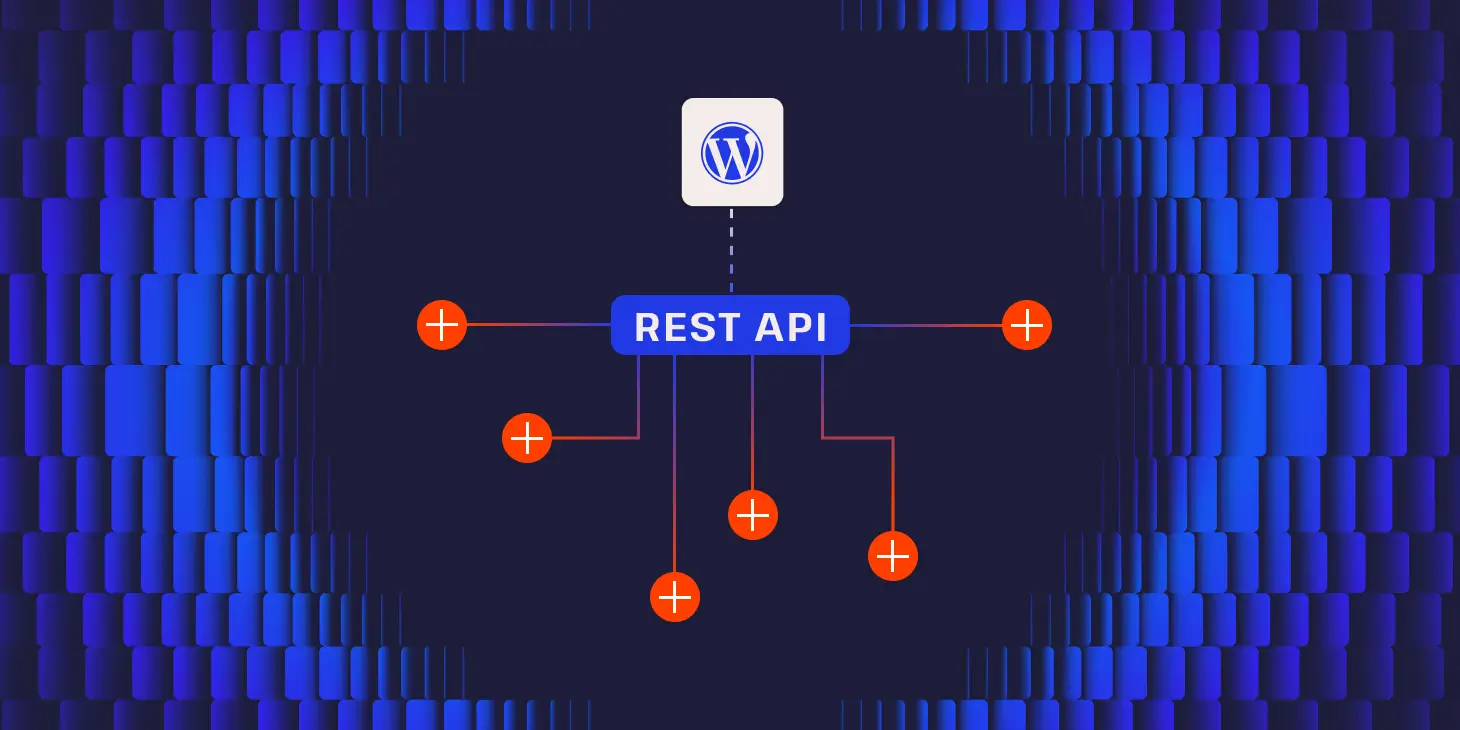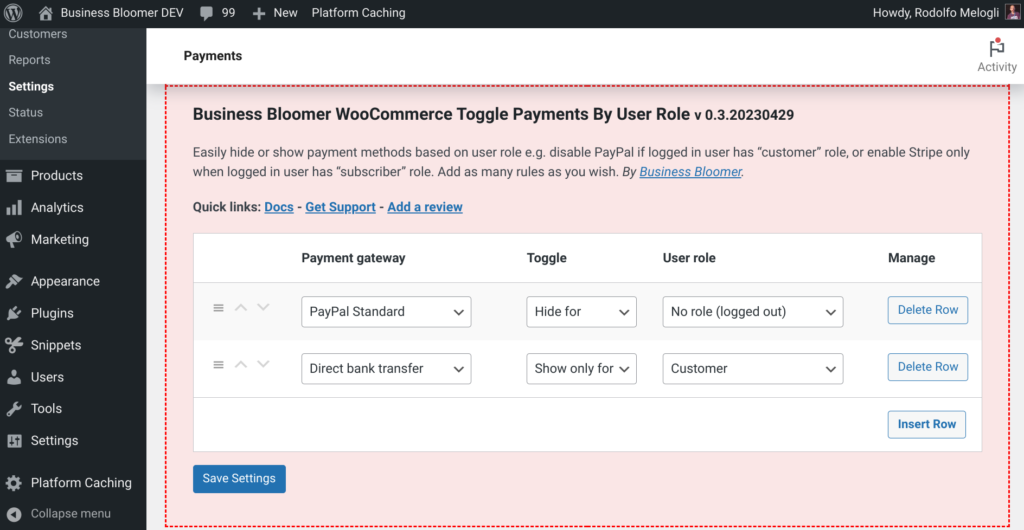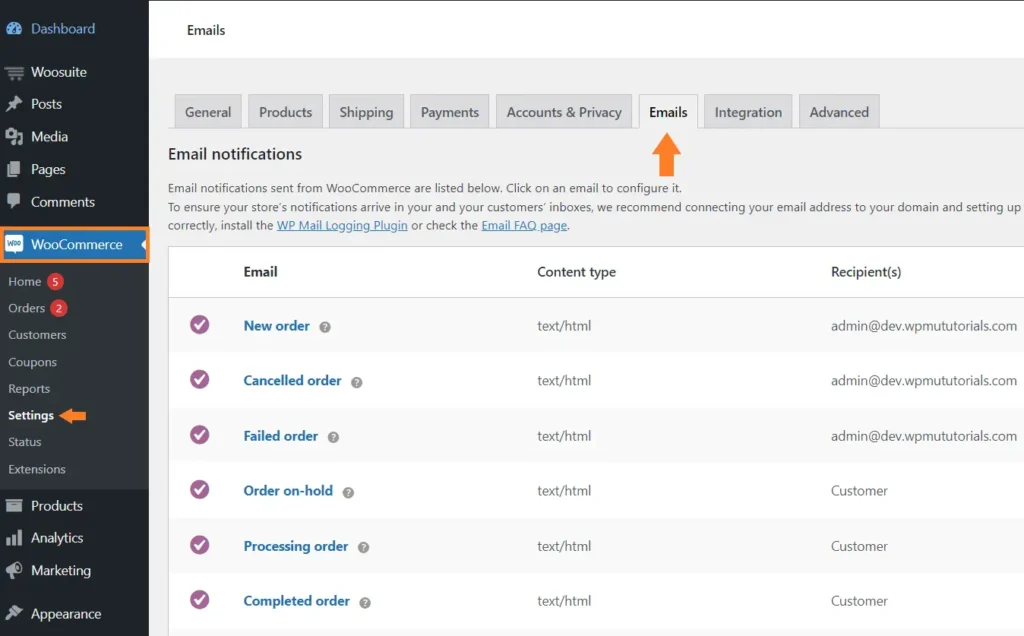WooCommerce’s REST API gives you access to products, orders, customers — but what if you need to expose custom data, or build your own secure endpoint for a mobile app or frontend React dashboard?
In this tutorial, we’ll walk through building a custom REST API endpoint in WooCommerce, including:
Securing the endpoint
Returning product pricing or custom meta
Accepting POST requests (e.g. for orders, tokens, configs)
Supporting authentication and permission checks
Why Build a Custom Endpoint?
Use cases include:
- Mobile apps for your WooCommerce store
- Headless frontend frameworks (React, Vue, etc.)
- External services accessing store data (e.g., ERP, shipping, analytics)
- Secure AJAX endpoints without using admin-ajax
Step 1: Register Your REST Route
Create this in your plugin (or functions.php):
add_action( 'rest_api_init', function () {
register_rest_route( 'myplugin/v1', '/product-price/(?P<id>\d+)', [
'methods' => 'GET',
'callback' => 'myplugin_get_product_price',
'permission_callback' => '__return_true', // More on this later
'args' => [
'id' => [
'required' => true,
'validate_callback' => 'is_numeric',
]
]
] );
} );
Step 2: Define the Callback
function myplugin_get_product_price( WP_REST_Request $request ) {
$product_id = $request->get_param( 'id' );
$product = wc_get_product( $product_id );
if ( ! $product ) {
return new WP_Error( 'not_found', 'Product not found', [ 'status' => 404 ] );
}
return rest_ensure_response( [
'id' => $product->get_id(),
'name' => $product->get_name(),
'price' => $product->get_price(),
'currency' => get_woocommerce_currency(),
] );
}
Step 3: Secure It with Permissions
Use WooCommerce/WordPress permissions to secure access:
'permission_callback' => function () {
return current_user_can( 'manage_woocommerce' ); // Admin only
}
Or use:
'permission_callback' => function () {
return is_user_logged_in(); // Logged-in users only
}
For public access with rate-limiting or token validation, you can build your own logic:
'permission_callback' => function ( WP_REST_Request $request ) {
$token = $request->get_header( 'x-api-key' );
return $token === 'YOUR_SECURE_KEY_HERE';
}
Step 4: Add a POST Endpoint
To allow external apps to create something (like a booking or custom order):
register_rest_route( 'myplugin/v1', '/create-note', [
'methods' => 'POST',
'callback' => 'myplugin_create_customer_note',
'permission_callback' => 'is_user_logged_in',
] );
function myplugin_create_customer_note( WP_REST_Request $request ) {
$user_id = get_current_user_id();
$note = sanitize_text_field( $request->get_param( 'note' ) );
update_user_meta( $user_id, 'custom_note', $note );
return rest_ensure_response( [ 'success' => true, 'note' => $note ] );
}
Calling the API (Examples)
GET request example:
GET /wp-json/myplugin/v1/product-price/123
POST request using fetch:
fetch('/wp-json/myplugin/v1/create-note', {
method: 'POST',
headers: {
'Content-Type': 'application/json',
},
credentials: 'include',
body: JSON.stringify({ note: 'Hello from frontend!' }),
});
Testing Tools
- Use Postman or Insomnia for API testing
- WP-CLI:
wp rest listto view routes rest_do_request()inside your plugin for internal REST calls
Tips
- Add
namespace/v2when versioning your API - Use
rest_ensure_response()for automatic JSON handling - Always validate and sanitize request data
- Store tokens, settings, or flags using
update_option()orupdate_user_meta()




